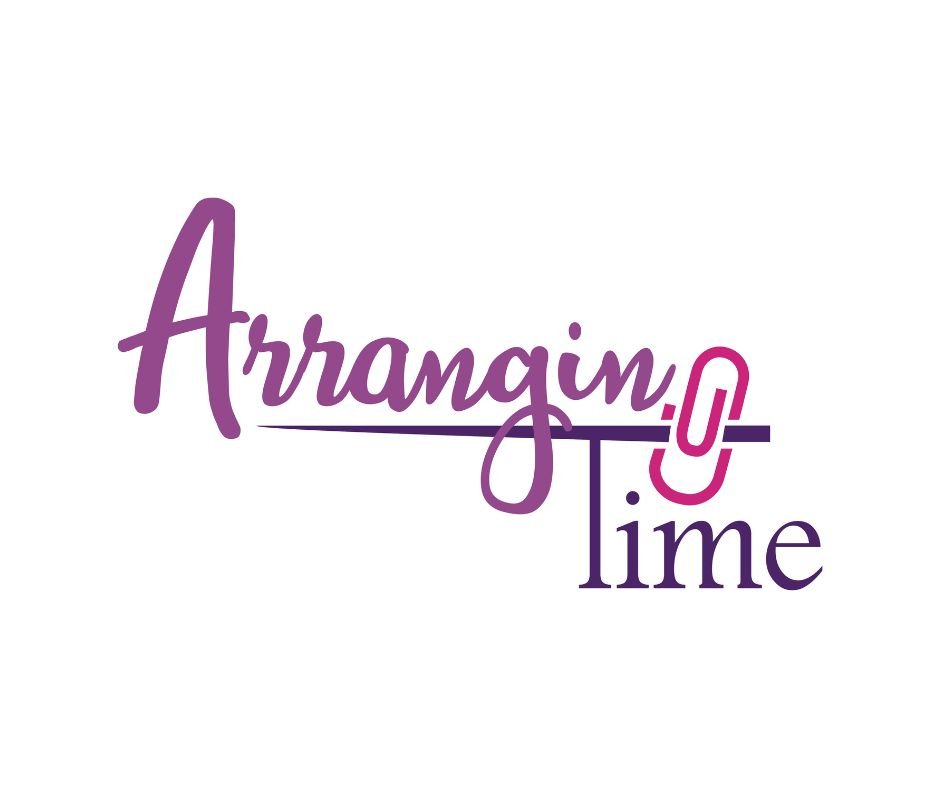How to Navigate Language Barriers Like a Pro
Traveling solo in Europe can be one of the most rewarding and eye-opening experiences, especially if you're venturing to countries where English isn’t the primary language. While the thought of navigating language barriers might feel intimidating at first, I’ve learned from years of solo travel that a few smart strategies can make all the difference. Here are my tried-and-true tips for traveling with ease and confidence in a foreign language environment.
Learn a Few Key Phrases Before You Go
You don’t need to be fluent in every language, but having a few phrases in your back pocket goes a long way. Not only will this help you feel more connected, but locals often appreciate the effort, and it can even make them more inclined to help you out if you’re lost or need assistance.
I like to learn five words/phrases in the local language before I go: hello, please, thank you, excuse me, and bathroom. Keep in mind that complete sentences are nice but not necessary. I may not be able to put together the sentence, “Excuse me, can you point me toward the bathroom?” But if I say the word “bathroom” in the local language with a questioning tone, I’m almost always understood!
Some other helpful phrases to learn include:
“Do you speak English?” – Start with this phrase in the local language. Don’t be that tourist who assumes everyone speaks English.
“I don’t understand.” – This can help to politely indicate you’re not following.
Numbers 1-10 – Very useful for ordering or understanding prices.
Consider using language apps like Duolingo or Babbel to practice some basics on your phone. It’s a quick and easy way to learn useful phrases at your own pace.
Download a Translation App
Speaking of apps, technology is your friend. A few tools that can be especially helpful in Europe include:
Google Translate
Download offline language packs for the countries you’re visiting. This way, you can translate without needing Wi-Fi or cellular data. Google Translate has an option to translate images, too, so if you come across a menu or a sign, you can point your phone’s camera at it and get a translation on the spot.
SayHi or DeepL
If you need to hold a quick conversation, these apps allow you to speak into your phone in English and have it translated aloud in the target language. (Google Translate does this, as well.) Some even offer dialect-specific translations, which can be useful in regions with distinct accents. It’s a good idea to try the conversation feature out in advance to be comfortable with how it works.
One time, I spent the night in the small town of Cambrils, Spain. Checking into my hotel, I discovered that the desk clerk spoke only Catalan and French. I spoke only English and a smattering of Spanish. Before I could pull out my phone, she grabbed her own and opened a translation app. She was able to complete the check in and give me explicit instructions on where to park my rental car. In the process, she learned some English and I learned some Catalan!
Learn the Art of Non-Verbal Communication
A warm smile, eye contact, and open body language can do wonders. Pointing, gesturing, and using visual aids can help you convey what you need without a shared language. If you’re in a café or restaurant, for example, pointing to an item on the menu can save everyone time and potential confusion.
One evening on a trip, I got some nasty mosquito bites that started to really itch. I hadn’t brought along anything to treat them with, so I ventured into a pharmacy the next day. I showed the bug bites to the pharmacist and mimed spreading cream on my arm. She smiled and produced a tube of anti-itch cream that worked great!
In more complex situations, like asking for directions, you can carry a notepad or even show your phone’s map app to indicate where you need to go. People generally appreciate a patient and friendly approach, so take your time and communicate as best you can without feeling self-conscious.
Use Translation Cards for Special Needs
If you have dietary restrictions, health concerns, or allergies, consider printing translation cards with these specific requirements. Many websites offer pre-translated cards that you can print and bring with you, ensuring you can communicate your needs clearly and avoid misunderstandings. This can be especially important in places where you may have limited access to healthcare or familiar foods.
Be Patient and Keep a Sense of Humor
When language barriers arise, things don’t always go perfectly—and that’s okay! Patience and humor are two of the most valuable tools when traveling in a foreign country. Remember, you’re not alone in facing language challenges, and people are usually willing to help if you show kindness and respect. Don’t be afraid to laugh off misunderstandings or take a lighthearted approach if things don’t go as planned.
Often, these little moments of confusion become fun memories and can lead to unique interactions that wouldn’t happen otherwise. Staying open and flexible lets you truly enjoy the adventure, language barriers and all.
In major cities, airports, train stations, and popular tourist areas, you’ll find that many people speak at least some English. Places like the Netherlands, Scandinavia, and Germany tend to have a higher rate of English fluency, so you may find yourself able to communicate more easily in those areas. However, in more rural areas or regions with a stronger national language focus (such as France, Italy, or Spain), having a few basics prepared is a good idea.
Embrace the Challenge
Traveling solo, especially in Europe, offers the unique opportunity to grow and adapt in unexpected ways. By embracing the challenge of language barriers and using these strategies, you’ll feel more empowered and capable of navigating unfamiliar places on your own terms. Every conversation, every small connection, and every new phrase you pick up will deepen your experience and create memories that last a lifetime.
Happy travels! And remember: a smile and a little effort go a long way.



